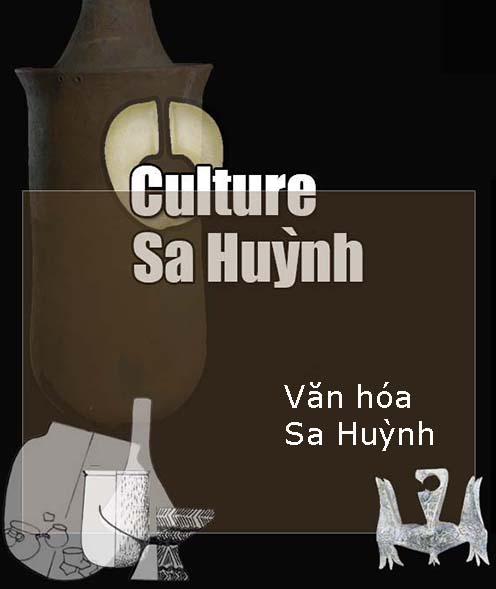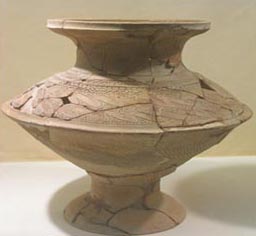Một lúc thư thản ở phố cổ Hànội
Le lac Hồ Hoàn Kiếm
One moment to myself in the old quarter of Hànội
Ouvert tous les ans à la même période au public pour huit semaines, le parc de Keukenhof est situé à Lisse, au sud-ouest d’Amsterdam (Hollande). Ce parc de 32 ha est très connu non seulement pour ses tulipes mais aussi pour ses jardins thématiques. Grâce à cette fleur, la Hollande est le premier producteur au monde avec plus de 4 milliards de bulbes vendus chaque année.
Vườn hoa tulipe Keukenhof
Open every year to the public during the same period for eight weeks, the park of Keukenhof is located at Lisse in the southwest of Amsterdam. This 33 hectare park is very known not only for its tulips but also for its theme gardens. Thanks to this flower, Holland is the largest world producer with more than 4 billions bulbs sold each year.
Công viên Sceaux
C’est l’un des parcs connus dans la région de l’île de France. Il fut conçu par le célèbre aménageur des jardins du château de Versailles, André le Nôtre à la fin du XVII ème siècle à la demande de Colbert, ministre des finances du roi soleil Louis XIV .
Đây là một trong những công viên nổi tiếng ở vùng ngọai ô Paris. Vườn nầy được thiết kế vào cuối thế kỷ 17 bỡi ông André Le nôtre, người được xây dựng và trang trí các vườn hoa của lầu đài Versailles với sự yêu cầu của bộ trưởng tài chính của « vua mặt trời » Louis XIV.
Văn Hóa Sa Huỳnh

French version
Vietnamese version
Renowned for its salt marshes and beautiful beach, Sa Huỳnh (*) located in Quảng Ngãi province (Central Vietnam) is also the region where the French archaeologist Mr. Vinet discovered in 1909, not far from the An Khê marsh in Long Thạnh, a strange deposit of 200 funerary jars from a brilliant maritime civilization with the help of a Cham inscription. Thanks to a fortunate coincidence, Mrs. Labarre, wife of a local customs office controller and passionate about archaeology, had the opportunity to resume archaeological excavation in 1923. She soon found another deposit of 120 intact terracotta jars on top of coastal dunes near the village of Phú Khương in the same region. A third site of 187 jars, later reported by the French archaeologist Madeleine Colani in 1934, was located in Tràng Long on a sand dune locally called the « necklace plateau » because of the enormous quantity of necklaces found there.
She was also the first archaeologist to use the scientific term Sa Huỳnh to attribute it to this culture. Then it was the turn of the Swedish archaeologist O. Jansé to discover in 1939 at Phú Khương (Sa Huỳnh) a necropolis of 84 jars. This discovery was revealed late in a brief report. Then further south, near Xuân Lộc, at Hàng Gòn (Long Khánh, Đồng Nai), Dầu Giây, and Phú Hoà, fields of jars similar to those of Sa Huỳnh were discovered despite their location in the area belonging to the Đồng Nai civilization (Văn hóa Nam Bộ) during recent works by E. Saurin (1973) and H. Fontaine (1972).
Earings

(*) Originally, the name Sa Hoàng was given to this region.
As the word Hoàng was the first name of Lord Nguyễn Hoàng,
the Nguyễn Dynasty subsequently changed Hoàng to Huỳnh.

It is observed that these are from the Sa Huynh culture era, with radiocarbon datings performed on charcoal debris and shards contained in these jars. One must not forget to mention the fields of large monolithic jars and enigmatic funerary stones of Trần Ninh (or Xieng Khouang) (Laos), dubiously attributed to the 1st century AD by Madeleine Colani (1932), which continue to keep all their secrets to this day and leave us with an insatiable curiosity about the connection and influence they might have with the Sa Huỳnh culture. This culture was supposed to have originated from the stone jar culture of Trần Ninh, according to Madeleine Colani in her work titled « Megaliths of Upper Laos. »
Contemporary with the Dong Son civilization in the Red River Delta, this one was flourishing along the Vietnamese coast in central Vietnam (from Thừa Thiên Huế to Ninh Thuận, Bình Thuận) between 1000 BC and 200 AD before the Hinduization of the coastal region. Its sites were largely discovered near dunes, ponds, and rivers. For this reason, it is also called the « civilization of dunes and ponds » (or Văn hoá cồn bàu in Vietnamese). Its traces have been found not only in the Central Highlands (Tây Nguyên) but also in the Cù Lao Chàm archipelago (Quảng Nam), Cù Lao Ré island (Quảng Ngãi), and the islets of Nha Trang (Khánh Hoà), which clearly proves that the people of the Sa Huynh culture were excellent navigators.
Its close contact with the Đồng Nai civilization was no longer in doubt during the excavations carried out at the Giồng Phệt and Giồng Cá Vồ sites (Cần Giờ, about fifty kilometers from Saigon) because some prominent elements of the Sa Huynh culture were found there in terms of pottery and ornamentation. The decoration methods found in the Sa Huynh culture are done either by incision or by impression but rarely by painting. The dotted decoration is very common. It is sometimes incised with crossed lines, on the shell or dotted linearly in triangular areas. The colors frequently used are red and lead black (đen ánh chì). It is believed that as early as the third millennium BC, a common decorative repertoire was established in Southeast Asia (frequency of the double spiral, saw teeth, dotted lines, sinuous bands with hooks, alternating or inverted triangles, etc.) which visibly flourished on the jars and pottery of Sa Huynh.
The sites connected or closely related to the Sa Huynh culture often drew inspiration from it or used it. This is the case with the Kalanay cave on Masbate Island (Philippines), where, according to William Solheim II, discovered burials yielded pottery similar to that of Sa Huynh. However, the Vietnamese archaeologist Hà Văn Tấn believes that this hypothesis needs to be further explored with additional evidence, although it is likely. The Buni culture, which developed from 400 BC to 100 AD on the northern coast of the western part of Java Island, is characterized by clay pottery with incised and geometric decorative patterns, also showing similarities with that of the Sa Huynh culture.
1): W.G. Solheim, 1964, The archaeology of central Philippines. A study chiefly of the iron age and its relationships ,
Manila, National Institut of Sciences and Technology, monograph 10.
(2): Theo dấu văn hóa cổ. Hà Văn Tấn. Nhà Xuất Bản Khoa Học xã hội Hà Nội, Hà nội 1998